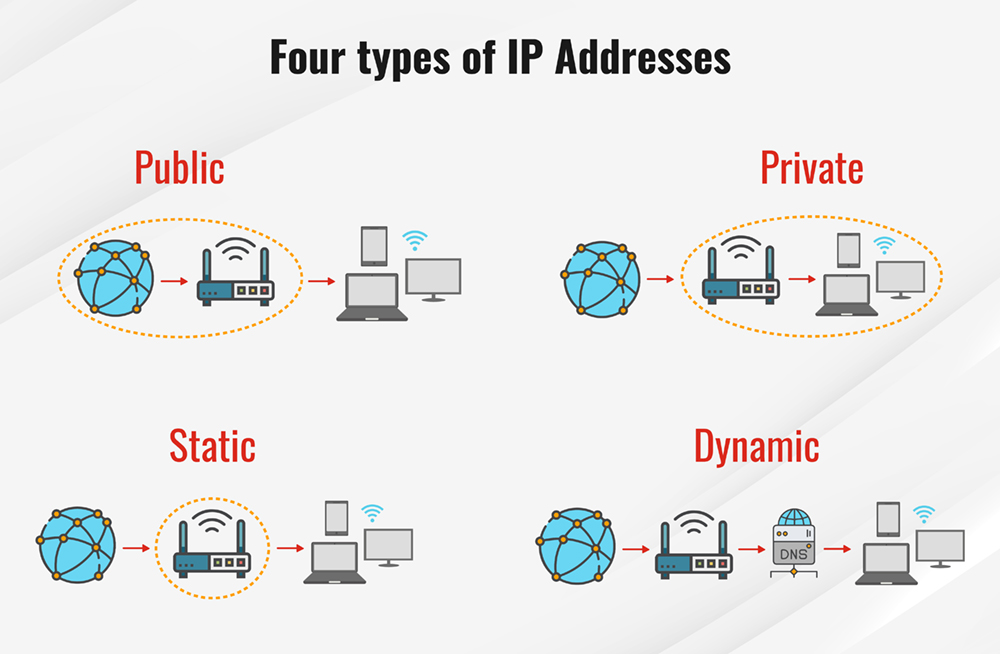What Is An IP Address? How Does It Work?
Article Language : en
Published At : 2025-01-19 10:29:11
An IP address works in helping your device, whatever you are accessing the internet on, to find whatever data or content is located to allow for retrieval.
Common tasks for an IP address include both the identification of a host or a network, or identifying the location of a device. An IP address is not random. The creation of an IP address has the basis of math. The Internet Assigned Numbers Authority (IANA) allocates the IP address and its creation. The full range of IP addresses can go from 0.0.0.0 to 255.255.255.255.
With the mathematical assignment of an IP address, the unique identification to make a connection to a destination can be made.
All public and private addresses are defined as static or dynamic. An IP address that a person manually configures and fixes to their device’s network is referred to as a static IP address. A static IP address cannot be changed automatically. An internet service provider may assign a static IP address to a user account. The same IP address will be assigned to that user for every session.
IP addresses that fall within a subnet have a network and a node. The subnet is identified by the network. The node, also known as the host, connects to the network and needs its own address. Computers separate the network and node via a subnet mask, which filters the appropriate IP address designation. When a large network is set up, the subnet mask that best fits the number of nodes or subnets required is determined.
When it comes to IP addresses within a subnet, the first address is reserved for the subnet, and the final one indicates the broadcast address for the subnet’s systems.

